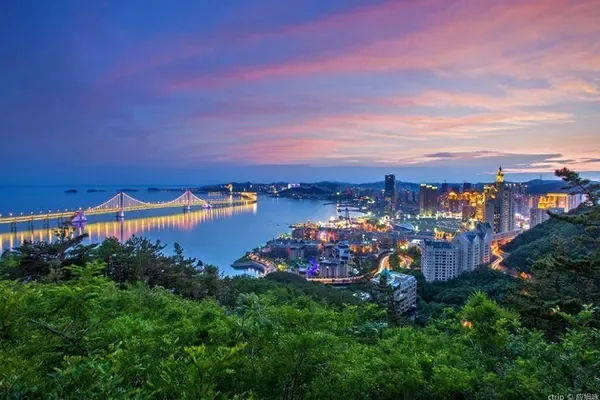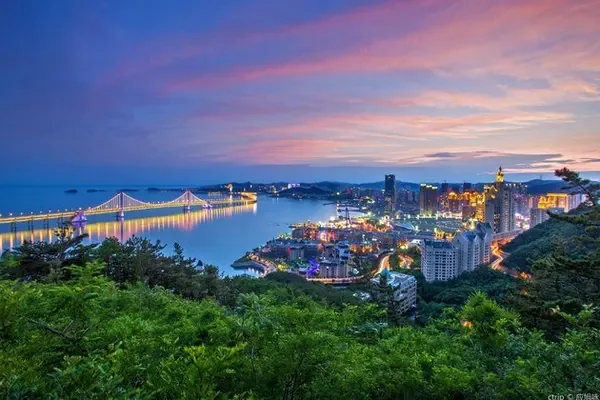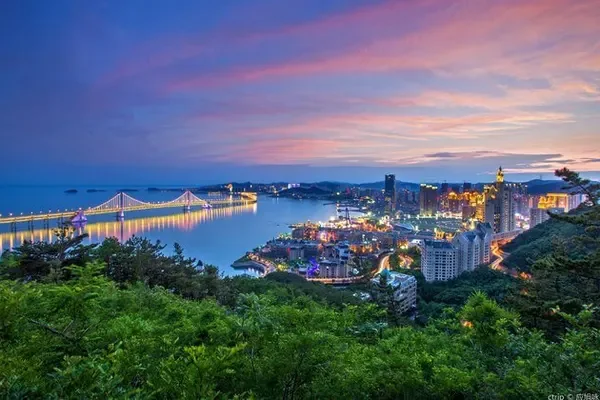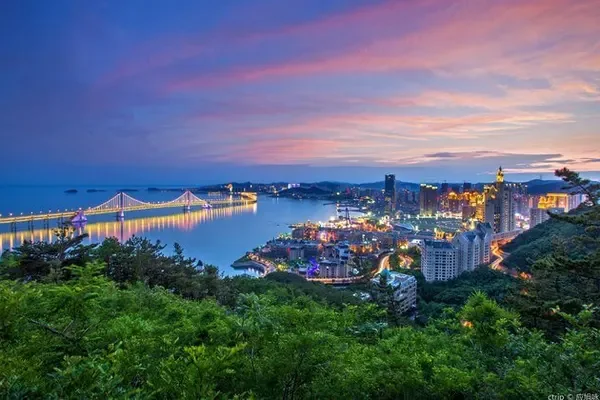Known as China's Colorado Grand Canyon, it is the most magnificent Danxia landform group in my country. Huoshi Village is located 15 kilometers north of Xiji County, 28 kilometers east of Guyuan Mount Xumi Scenic Area, and the transportation is very convenient. And compared to the general vastness and magnificence of the Northwest, the green mountains and green waters of Huoshizhai are more worth visiting for Northwesters. Primeval forests with green mountains and green waters, all kinds of strange mountain shapes, high-quality and fresh air, environmentally friendly and low-carbon sightseeing facilities, tsk tsk, this is the paradise in the northwest.



Schematic diagram of Huoshizhai Scenic Area, it is much more convenient to have it.




Huoshi Village seems to be a fairy who does not eat fireworks in the world. Mysteries leak out from the mountains and mountains, and the most primitive and ancient green mountains and green waters are preserved. Huoshi Village may be a paradise on earth, the most suitable place for human survival.



This scene should only exist in the sky, and it can be seen several times in the world. The picture of green mountains, green waters and red pagodas is still in my mind, and I will never forget it.



Huoshi Village, like a piece of undeveloped virgin land, is covered with a veil of mystery, waiting affectionately for those who are interested in uncovering it.

The flowers in Huoshizhai are the most famous, and the annual Lilac Flower Festival attracts a large number of tourists from other places. At this time, the lilacs blooming all over the mountains are the messengers to welcome tourists. They are fragrant and always show people the most beautiful side.



Less rainfall, sufficient sunshine, short frost-free period, large precipitation and temperature variability. In spring, the temperature rises quickly, is dry and windy, with great changes in temperature and coldness, and most of them are cold in late spring; summer is short and the temperature is moderate; autumn has more rainfall, rapid cooling and early frost; winter is long, cold and dry. The alternation of the four seasons is not obvious.


The legend goes back to the legend, there is indeed an ancient battlefield in Huoshizhai, called Dashicheng, but it has nothing to do with Mu Guiying. Dashicheng is located on the top of Yuntai Mountain, with steep cliffs on all sides, and the terrain is extremely dangerous, easy to defend and difficult to attack. Dashicheng was once one of the eight scenic spots in Xiji, known as "the natural danger of Shicheng". The entire Dashicheng is shaped like a reclining ox, and there are artificially excavated stone steps in the southeast corner for climbing up and down. There are a large number of Ming Dynasty military buildings preserved. In the Ming Dynasty, Shicheng was famous because Man Jun once fought against the Ming army.




There is another legend about the name of Huoshi Village: it was originally called Mu Ke Village, and it was Mu Guiying's Dazhai. In order to crack the "Tianmen Formation" set up by the Liao soldiers, Song General Meng Liang borrowed the treasure of the town from Mu Kezhai-"Jianglongmu". Naturally, Mu Guiying didn't take it lightly, Meng Liang had no choice but to set fire to the mountain to force Mu Guiying. As a result, the fire burned the stones on the mountain red, and Mu Kezhai became "Huoshao Village", and Huoshi Village is the origin of "Huoshao Village" homophonic. So far, the folks still call Xiji County "Mujiaying", which is said to be the place where Mu Guiying stationed his troops before breaking the "Tianmen formation".



Sumeru Grottoes, a Buddhist cave temple. One of the top ten grottoes in China. National key units. Located on the mountain peak at the northern foot of Sikouzi River (known as Shimenshui in ancient times), 55 kilometers northwest of Guyuan, it was first built in the Northern Wei Dynasty, and continued to be built in the Western Wei, Northern Zhou, Sui, and Tang Dynasties. Buddhist temple ruins.


Different from most grottoes in China, which are only excavated on one rocky cliff, the Sumeru Grottoes are excavated on 8 rocky mountains separated by gullies. The layout is peculiar, and there are ladder bridges between the ditches. Mount Sumeru, with overlapping peaks, luxuriant forests and flowing water, is a rare scenic spot in the Northwest Loess Plateau. Ladders and bridges have been built between the ditches to facilitate sightseeing.



